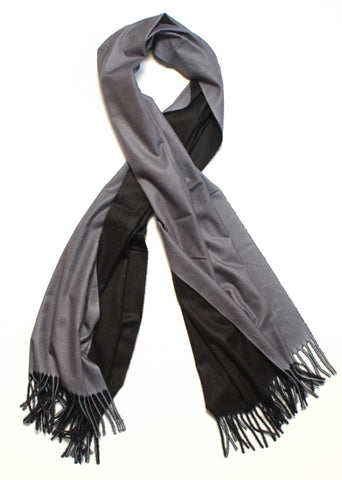Scarf Traditions: Religion, Customary, Cultural Scarves
What comes to mind when hearing the word scarf? Is it cold, fashion, trendy? Or is it religion, customary, tradition? People sport scarves in different cultures and religions around the world for different reasons. For those people, it’s more than just a trend; it’s a lifestyle. Here are just a few scarf traditions from around the world.
In the Muslim faith, men and women are required to dress modestly in public, a practice rooted in faith. The Quran says that women should guard their modesty and keep their beauty hidden to the public. Thus, they wear the head scarf, or hijab. This is a choice in most countries, though others do require it by law.
In Judaism, a Tallit is a Jewish prayer garment made of cotton, wool or silk. They must have fringes on all four corners and the fringes are referred to as tzittzit. These fringes are meant to represent the commandments that God spoke to Moses. At Bar Mitzvah’s, the young boy being honored wears a Tallit while reading from the Torah in front of the synagogue, if he is from the Ashkenazi sect of Judaism. In the Sephardi sect, only married men can wear Tallits. These Tallits are passed down from father to son in many Jewish families.
In the Tibetan tradition, the offering of white silk scarves, called khatas, symbolizes an offering of one’s good intentions during the welcoming of new relationships, whether they be marital, business or political. The scarf will symbolize that the offering into a new relationship is truly from the heart. They are also offered to the deceased, which may be a way of welcoming the deceased into their next lives. They are also offered to spiritual images and statues of Buddha, spiritual teachers, monks, nuns and political leaders such as the Dalai Lama.
Bhutanese men wear scarves called kabneys on formal visits to a Dzong or office. The kabney identifies the rank of a person depending on the caller he or she wears. Bhutanese women wear smaller scarves called kiras that are hand woven and have fringes at the end.
These were just few of many ways that scarves are used symbolically to represent cultures and faiths from around the world. The next time you throw a scarf over your shoulders; think about the significance and cultural impact they have made in places around the world. It’s really more than you would expect for a piece of fabric.
There's no place like home! Take me back to ScarvesDotNet.











